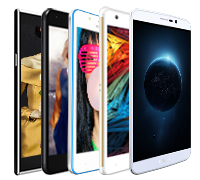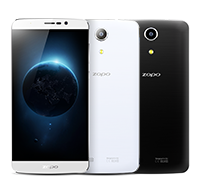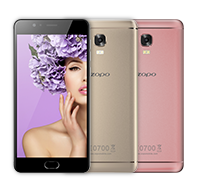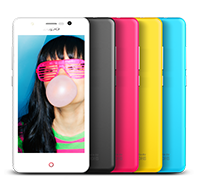Android Phone Review
WHY BUY AN ANDROID PHONE?
Designed by Google and implemented in more smartphones than any other operating system in the world, Android is a mobile computing powerhouse. Where other platforms specialize in simplicity or having the most apps, Android phones have bigger screens and an eclectic feature set. Near field communication chips, for example, can be found in almost every major Android device. You can use them to communicate with compatible scanners at extremely short distances, letting you do things like pay for a meal by tapping your phone against the register.
Android also tends to be highly flexible. If you’re comfortable with technology, you can tweak and customize it to fit your personal preferences. New home screens and launchers can be downloaded from the Google Play store. If you don’t like the fonts that the phone uses, change them; if you want different colors, pick a palette that suits your tastes. And if you’d consider yourself a geek, you can even root your phone, giving you access to its underlying operating system and letting you adjust anything you could think of.
Granted, picking a smartphone from the many available options can be tough, which is why we’ve broken down the very best Android phones and reviewed each one. Some, such as Samsung’s Galaxy S5, Note 3 and the LG G2, are spectacular devices in just about every way. Others specialize in tailored features such as water resistance or easy portability. And if you’re struggling to choose between different manufacturers, check out the Android phone articles we’ve put together. They’re sure to help.
ANDROID PHONES: WHAT TO LOOK FOR
You may know that Android is the OS for you, but with more smartphones using Android than any other platform, picking the best from the rest can be a challenge. As you read our reviews and look over our comparisons, keep the following aspects in mind:
Design
The look and feel of a phone is perhaps its must subjective attribute – you might like big screens, for instance, and you might not. Phones with bigger displays tend to be much larger and less pocketable than those without, but provide more room to navigate websites and watch 1080p video. Likewise, lighter phones will always be more comfortable to hold for longer periods, and will feel more natural against your ear.
When picking a display size, look at resolution first. The best phones offer full 1080p resolution, which is the same quality you’d find on your big-screen TV at home, squeezed into the palm of your hand. The smaller the screen those pixels are squeezed into, the smaller the pixels and the sharper the screen.
Cameras
For many users, picking the perfect phone is all about finding the perfect camera. It may be easy to look at megapixel count and base your decision on that alone, but megapixels merely indicate photo size. While more megapixels often mean more detail, a camera with a small aperture won’t perform very well in low-light conditions, no matter how many megapixels it packs.
Aperture sizes are measured in F-stops, which can be counterintuitive. Smaller F-stop numbers reflect larger apertures, which in turn let in more light and produce better quality photos. Thus, an ƒ/2.2 aperture is preferable to an ƒ/2.4 aperture.
If you plan to film lots of video with your new Android phone, consider the frame rates each phone offers. While every Android phone we reviewed can shoot 1080p video at 30 frames per second, some can film at higher frame rates. These phones can then play back that video at regular speed for a great slow-motion effect.
Battery Life
No matter how powerful your phone is or how big and beautiful its display, if it runs out of batteries, it’s dead weight in your pocket. Phones with big screens are particularly prone to this, since running a massive display can draw a lot of power. Most phones will let you talk on the phone or listen to music without draining too much of the battery. The best phones can do the same thing while playing video or browsing the web.
Internal Specs
Although the grade of a phone’s processor is often a good reflection of its potential speed, benchmark testing is the best way to measure a phone’s computing power. We’ve compiled the results of each phone’s benchmark tests into a single score; if you want the clearest idea of how fast a phone is compared to the other ones we’ve reviewed, look there first.
Along with its processor, you should also consider the storage options on your new phone. Android phones are often available in a variety of storage sizes, but 16GB and 32GB models are currently the most common. Part of this storage space will, however, always be taken up by the phone’s Android installation and pre-installed applications. If you need more storage, look for phones with microSD card slots.
Features
One of the most entertaining parts of owning an Android smartphone is being able to take advantage of their fun hardware features. You won’t find infrared blasters on Apple products, so if you want to control your TV or DVR from your phone, you’ll need to buy Android. Some devices even have FM tuners, which let you listen to local radio stations right from your phone.
Android is the king of mobile operating systems, and Android devices are some of the best smartphones you can buy. Whether you want to play with the latest and greatest technology or you just want a phone with a gigantic screen, Android has you covered.






